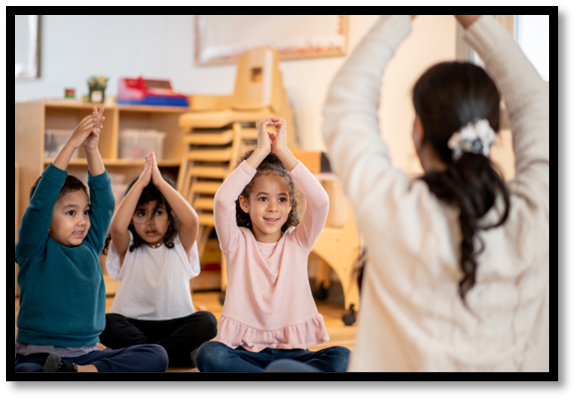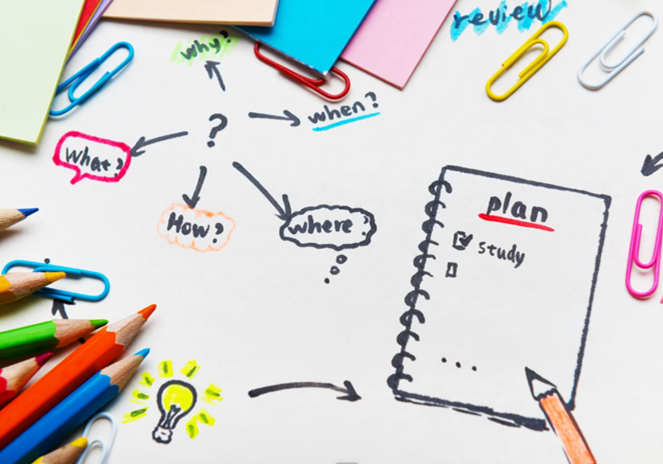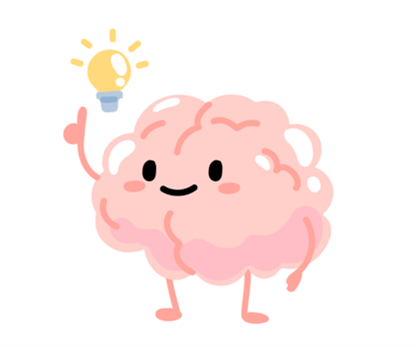Music. It has the power to bring tears to our eyes, put a skip in our steps, and fill our hearts with gladness. Throughout the pandemic we all saw countless clips of communities working toward healing their pain and shining a light in the darkness through impromptu balcony concerts and preplanned sing-alongs. If you’ve ever walked down the halls of an elementary school, chances are high that you heard some form of music wafting from at least one classroom along the way. Whether its purpose was to was to provide a calming, peaceful background sound, or a current hit to get students up and moving during a ‘brain-break’, music is an amazing tool. So let’s try it! Are you able to finish this jingle?
‘Ba-da-ba-ba-baaa, I’m _______ __’
Chances are you were singing it in your head, “Ba-da-ba-ba-baaa, I’m lovin’ it’! You may have even visualized the golden arches in your mind or got a sudden taste for fries. Research shows that children (and adults, too!) have an easier time remembering words and concepts when they’re put to a tune.
Needless to say, amazing things happen when we hear music! Music and singing stimulates more parts of the brain than any other human function, as it activates both sides of the brain, rather than just one.
- The auditory cortex, part of the temporal lobe on both sides of the brain, analyzes things like volume, pitch, speed, melody, and rhythm.
- In the cerebrum, the frontal gyrus recalls memories to help you remember lyrics and sounds, while the dorsolateral frontal cortex helps you visualize the music and recall images associated with the sounds.
- Other areas, including the cerebellum in the back of the brain, work together to control rhythmic movement in the body in response to the music.
This collaboration of the different areas of the brain enables us to feel that emotion, recall that visual memory, tap our feet to the beat, and remember those catchy lyrics (maybe even getting them stuck playing in your head over and over again!).
Interesting fact…research in the study of cognitive neuroscience of music, shows us that the areas of the brain that are activated when listening to linguistic and melodic phrases are almost identical. This may not be surprising when you consider that language itself has musical qualities, like intonation and pitch. For example, think about how we can convey different meanings and elicit different emotions with the simple rise and fall of our voices. My grandmother used to say “It’s not what you say, it’s how you say it”, and I think that applies here!
For English language learners, music and song has been shown to speed up the language acquisition process. Besides triggering memory, music easily grabs and holds the attention of students, while the physical act of singing helps with pronunciation and comprehension; the rhythm and melody naturally encouraging fluency and articulation.
The developers of GrapeSEED have leveraged the power of music in language acquisition and have incorporated tunes and singing throughout the instructional materials.
Just click the image below to hear the tune to GrapeSEED’s Unit One Big Book ‘Red’ as it comes to life when put to a catchy melody.
So listen to music and sing!
Sing in the shower, sing in the car and most of all sing in the classroom. You’ll be glad you did!
Want more information about GrapeSEED’s best practices for English Language Learners? Contact us!




Ready to Start Your Journey?

6425 Living Place
Suite 200 #1021
Pittsburgh, PA 15206
Tel: 800-449-8841
Email: contact.us@grapeseed.com
© 2024 GRAPESEED INTERNATIONAL PTE. LTD.

